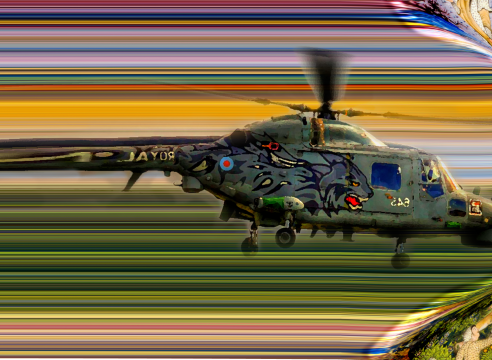
Dubai, UAE – Leila Heller Gallery is pleased to announce artist Arash Nazari’s solo show opening on 17th January 2023.
Arash Nazari’s works are heavily influenced by Negārgari (Persian Miniature Art). In his paintings, he brings to notice the contrast between, unique classical art of miniature opposed to color tones from contemporary minimalist art. He lays the classic painting in the center of the frame and shows stretches of colour from the Negārgari on both sides of it representing speed and change in time periods. “It is as if we have passed by them briefly over time, and saw the brief moment of this art”, he says.
His paintings are rooted in history. Nazari looked at his cultural history and employed parts of it in his works. We see facets of wars, kings and heroes that have been selected from Negārgari versions in the 8th to 11th centuries in his works. Although they have been extracted from the midst of Iranian Paintings, they have changed drastically. We see our contemporary atmosphere in these changes. Speed is the drive engine for these changes. The artist has accelerated everything. The battle scenes have seen dramatic shifts and changes. It is as if an interpretation of Negārgari has been thrown from the past to the present. If we accept that contemporary art seeks form instead of theme, in these paintings we see the neutralization of theme and attention to form. Colors emerge more purely in these horizontal lines. It is as if someone examines the nature of dyes used in Negārgari in a chemistry laboratory. The artist has done such experiments in the language of modern painting and beyond. Existing forms and colors of Negārgari have been given more energy. A new space has been provided to invite images belonging to Ferdowsi's epic poems to a contemporary painting party.
Nazari has extracted paintings from their hiding places among books and small museum windows and brought them to the stage. This operation of discovering cultural history and displaying it, has created a visual dialogue. A dialogue between the mythological themes of the past and contemporary inquiries and concerns. This has made it possible for us to spend hours searching through each painting in this collection and remembering bits and pieces of concepts in interactions and image deformations. His works invite us to see the past and the present at the same time.
ABOUT THE ARTIST
Arash Nazari is a self-taught Iranian artist. Unlike many artists who have been interested in art since childhood, Nazari was keenly interested in mathematics and geometry. His first collection of works was done by combining the space of Qajar and Renaissance paintings with the use of hand-held and more computerized etudes on mirror steel. Nazari looks at his work as a tool for self-healing, seeing, enjoying and accepting the anomalies of our seemingly modern world. His works including this new collection showcases a conflict between tradition and modernity.